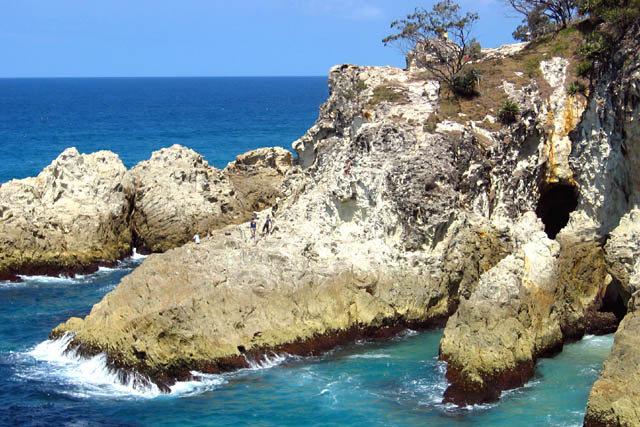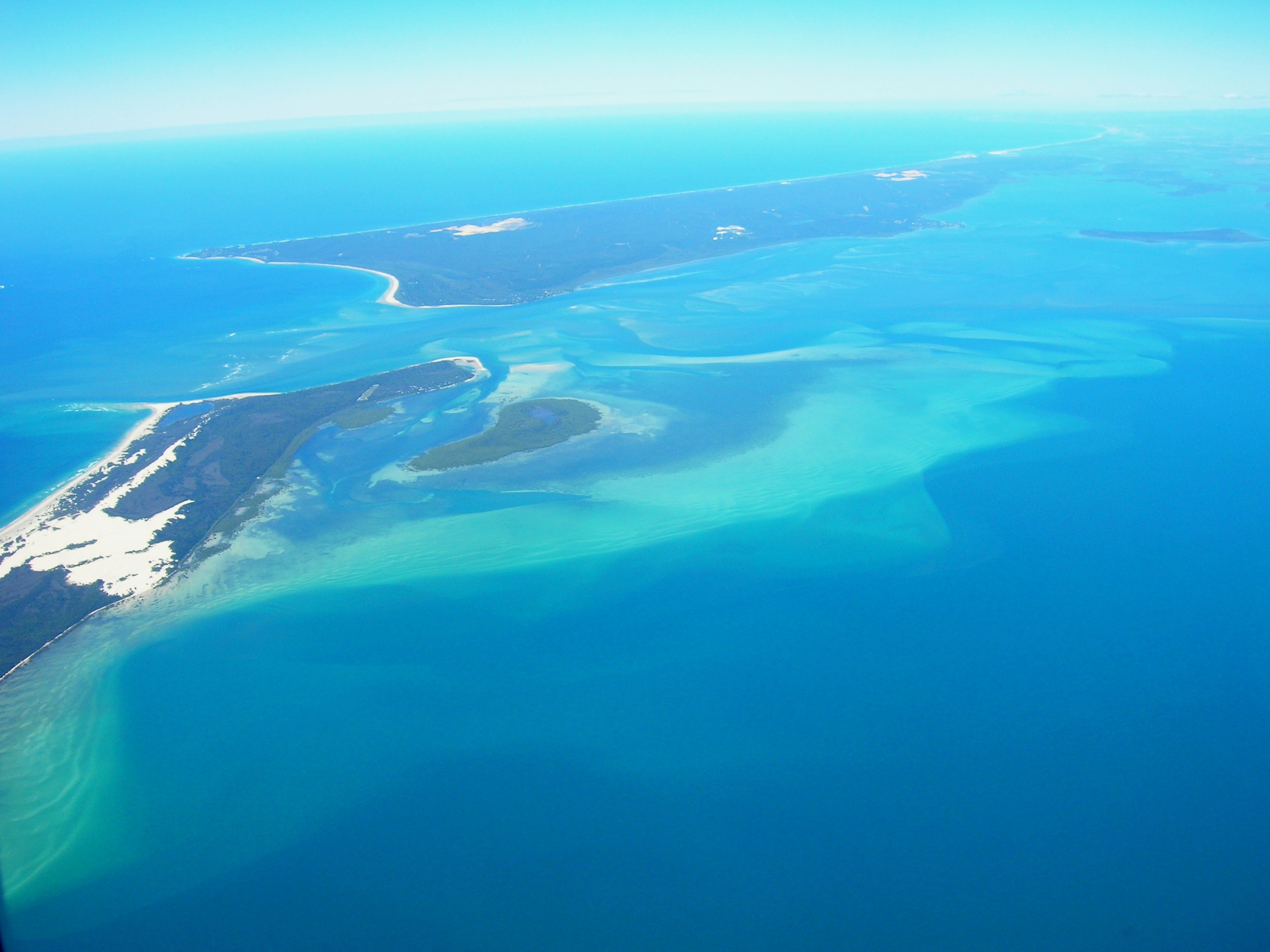|
Minjerribah (fly)
''Minjerribah litoura'' is a species of fly Flies are insects of the Order (biology), order Diptera, the name being derived from the Ancient Greek, Greek δι- ''di-'' "two", and πτερόν ''pteron'' "wing". Insects of this order use only a single pair of wings to fly, the hindwing ... belonging to the family Dolichopodidae, and the only member of the genus ''Minjerribah''. It was described from North Stradbroke Island in southeastern Queensland, Australia. The name of the genus is the name for North Stradbroke Island given by the Quandamooka people. References Hydrophorinae Diptera of Australasia Insects described in 2019 Insects of Queensland {{Dolichopodidae-stub ... [...More Info...] [...Related Items...] OR: [Wikipedia] [Google] [Baidu] |
Zootaxa
''Zootaxa'' is a peer-reviewed scientific mega journal for animal taxonomists. It is published by Magnolia Press (Auckland, New Zealand). The journal was established by Zhi-Qiang Zhang in 2001 and new issues are published multiple times a week. From 2001 to 2020, more than 60,000 new species have been described in the journal accounting for around 25% of all new taxa indexed in The Zoological Record in the last few years. Print and online versions are available. Temporary suspension from JCR The journal exhibited high levels of self-citation and its journal impact factor of 2019 was suspended from ''Journal Citation Reports'' in 2020, a sanction which hit 34 journals in total. Biologist Ross Mounce noted that high levels of self-citation may be inevitable for a journal which publishes a large share of new species classification. Later that year this decision was reversed and it was admitted that levels of self-citation are appropriate considering the large proportion of papers f ... [...More Info...] [...Related Items...] OR: [Wikipedia] [Google] [Baidu] |
Dolichopodidae
Dolichopodidae, the long-legged flies, are a large, cosmopolitan family of true flies with more than 7,000 described species in about 230 genera. The genus ''Dolichopus'' is the most speciose, with some 600 species. Dolichopodidae generally are small flies with large, prominent eyes and a metallic cast to their appearance, though there is considerable variation among the species. Most have long legs, though some do not. In many species, the males have unusually large genitalia which are taxonomically useful in identifying species. Most adults are predatory on other small animals, though some may scavenge or act as kleptoparasites of spiders or other predators. An expanded concept of the family (Dolichopodidae ''sensu lato'') includes the subfamilies Parathalassiinae and Microphorinae. The latter of these was formerly placed in the Empididae, and was at one time considered a separate family (Microphoridae). However, some authors propose instead that Dolichopodidae ''s.l.'' shou ... [...More Info...] [...Related Items...] OR: [Wikipedia] [Google] [Baidu] |
North Stradbroke Island
North Stradbroke Island ( Jandai: ''Minjerribah''), colloquially ''Straddie'' or ''North Straddie'', is an island that lies within Moreton Bay in the Australian state of Queensland, southeast of the centre of Brisbane. Originally there was only one Stradbroke Island but in 1896 it split into North Stradbroke Island and South Stradbroke Island separated by the Jumpinpin Channel. The Quandamooka people are the traditional owners of North Stradbroke island. The island is divided into four localities: Dunwich, Amity and Point Lookout are small localities centred on the towns of the same name, while the remainder of the island is in the locality of North Stradbroke Island. All the localities are within the City of Redland. At , it is the second largest sand island in the world. On the island there are three small towns, a number of lakes and beaches along most of the seaward coastline with rocky outcrops at Point Lookout. An Aboriginal presence on the island has been long and ... [...More Info...] [...Related Items...] OR: [Wikipedia] [Google] [Baidu] |
Quandamooka People
The Quandamooka people are Aboriginal Australians who live around Moreton Bay in Southeastern Queensland. They are composed of three distinct tribes, the Nunukul, the Goenpul and the Ngugi, and they live primarily on Moreton and North Stradbroke Islands, that form the eastern side of the bay. Many of them were pushed out of their lands when the English colonial government established a penal colony near there in 1824. Each group has its own language. A number of local food sources are utilised by the tribes. Name The term ''Quandamooka'' refers geographically to the southern Moreton Bay, the waters, islands and adjacent coastal areas of the mainland. The Nunukul and Goenpul tribes lived on Stradbroke Island, while the Ngugi tribe lived on Moreton Island. The Nunukul, Goenpul and Ngugi tribes together constitute the Quandamooka people. History The archaeological remains of the Moreton Bay islands were studied intensively by V.V. Ponosov in the mid 1960s, and indigenous occupat ... [...More Info...] [...Related Items...] OR: [Wikipedia] [Google] [Baidu] |
Hydrophorinae
Hydrophorinae is a subfamily of flies in the family Dolichopodidae. Several studies have found evidence that the subfamily in its current sense is polyphyletic. Genera * Tribe Hydrophorini Lioy, 1864 **'' Abatetia'' Miller, 1945 **'' Anahydrophorus'' Becker, 1917 **'' Aphrosylopsis'' Lamb, 1909 **'' Coracocephalus'' Mik, 1892 **'' Diostracus'' Loew, 1861 ***'' Lagodechia'' Negrobov & Zurikov, 1996 ***'' Ozmena'' Özdikmen, 2010 ***'' Sphyrotarsus'' Mik, 1874 **'' Eucoryphus'' Mik, 1869 **'' Helichochaetus'' Parent, 1933 **'' Hydatostega'' Philippi, 1865 **'' Hydrophorus'' Fallén, 1823 **'' Liancalomima'' Stackelberg, 1931 **'' Liancalus'' Loew, 1857 **'' Melanderia'' Aldrich, 1922 **'' Oedematopiella'' Naglis, 2011 **'' Oedematopus'' Van Duzee, 1929 **'' Orthoceratium'' Schrank, 1803 **'' Paraliancalus'' Parent, 1938 **'' Paraliptus'' Bezzi, 1923 **'' Rhynchoschizus'' Dyte, 1980 **'' Scellus'' Loew, 1857 **'' Scorpiurus'' Parent, 1933 * Tribe Aphrosylini Aldrich, ... [...More Info...] [...Related Items...] OR: [Wikipedia] [Google] [Baidu] |
Diptera Of Australasia
Flies are insects of the order Diptera, the name being derived from the Greek δι- ''di-'' "two", and πτερόν ''pteron'' "wing". Insects of this order use only a single pair of wings to fly, the hindwings having evolved into advanced mechanosensory organs known as halteres, which act as high-speed sensors of rotational movement and allow dipterans to perform advanced aerobatics. Diptera is a large order containing an estimated 1,000,000 species including horse-flies, crane flies, hoverflies and others, although only about 125,000 species have been described. Flies have a mobile head, with a pair of large compound eyes, and mouthparts designed for piercing and sucking (mosquitoes, black flies and robber flies), or for lapping and sucking in the other groups. Their wing arrangement gives them great maneuverability in flight, and claws and pads on their feet enable them to cling to smooth surfaces. Flies undergo complete metamorphosis; the eggs are often laid on the larv ... [...More Info...] [...Related Items...] OR: [Wikipedia] [Google] [Baidu] |
Insects Described In 2019
Insects (from Latin ') are pancrustacean hexapod invertebrates of the class Insecta. They are the largest group within the arthropod phylum. Insects have a chitinous exoskeleton, a three-part body (head, thorax and abdomen), three pairs of jointed legs, compound eyes and one pair of antennae. Their blood is not totally contained in vessels; some circulates in an open cavity known as the haemocoel. Insects are the most diverse group of animals; they include more than a million described species and represent more than half of all known living organisms. The total number of extant species is estimated at between six and ten million; In: potentially over 90% of the animal life forms on Earth are insects. Insects may be found in nearly all environments, although only a small number of species reside in the oceans, which are dominated by another arthropod group, crustaceans, which recent research has indicated insects are nested within. Nearly all insects hatch from eggs. Insect ... [...More Info...] [...Related Items...] OR: [Wikipedia] [Google] [Baidu] |
.jpg)


_(10144905255).jpg)
